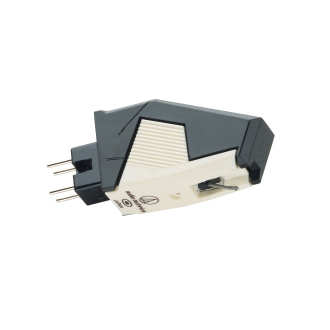
At the heart of any turntable system is the phono cartridge. The stylus (needle) attached to the phono cartridge must follow the V-shaped groove on a record as accurately as possible to produce the best possible sound. The rapid back and forth motion of stylus in the groove creates vibrations. These vibrations are then converted into an electrical signal by the phono cartridge. These electrical signals are then amplified and processed by your amplifier and are ultimately heard through your speakers. This is similar process to that of a microphone which turns the vibrations of a voice into an electrical signal.
Since the late 1960s nearly all phono cartridges are of the magnetic type, which – due to superior sound quality – replaced its predecessor, the ceramic cartridge. Ceramic cartridge based turntables are still present in most vintage console units (furniture based stereos), portable record players, and any low cost record players of the day, and are still found in inexpensive record playing systems made today by companies like Crosley.
There are two types of magnetic cartridges in today’s market; most are called “moving magnet,” while the less common and more expensive types are called “moving coil.” To understand the difference, one needs to look inside the phono cartridge itself. You will find copper coils (tiny round loops of copper wire) with a magnet inside the coil. The magnet and the stylus are both attached on opposite ends of a pipe (called the cantilever) so as the stylus moves back and forth in the groove, the magnet moves on the other end inside the coil. You may recall from science class that a magnet moving within a coil creates an electrical current. That’s your music! All that’s left is to amplify it.
So as you probably already figured out, when a phono cartridge has a “moving magnet” cartridge, the magnet is moving within the coil. “Moving coil” cartridges have the coil moving around a stationary magnet. So what’s the difference between the two types? It gets down to the accuracy of the stylus being able to follow the record groove. Moving coils can be made so that the moving portion of the cartridge is lighter than that within a moving magnet cartridge. When the moving portion is lighter it is more nimble and agile and can follow the very fast motions back and forth within the record groove more accurately. So they sound better! Alas, moving coil cartridges cost a lot more than moving magnet cartridges. Not only that, but you need a special phono preamp, because moving coil cartridges provide much less output than a moving magnet cartridge and need additional amplification beyond what is found in most phono preamps.
Moving magnet cartridges cost from $30 on up. Moving coil cartridges generally start around $300, plus you need to spend another $150 or more on a special moving coil phono preamp, so there is a big cost difference. How much better do moving coil cartridges sound, and should you consider getting one? It only makes sense if you have a really good turntable that is very quiet and very accurate in its operation (see our articles about turntables). One point of note: Some companies that make moving coil cartridges sell what they call a “high output” moving coil cartridge, one whose output level is similar to a moving magnet cartridge so that you don’t need to buy the high output phono preamp. They do this by adding more loops of copper wire to the coils, which will in turn generate a higher output. But of course this increases its weight to about the same weight as a moving magnet cartridge, so you end up no better off, in my opinion. But these high output moving coil cartridges do sell!
Moving coil, moving magnet, and ceramic cartridges are all electrically different from one another and are not interchangeable without other considerations. This is because in most cases amplifiers are designed to work with only one type of phono cartridge. Only on high priced, high quality systems will you find switch setting for both moving magnet and moving coil cartridges. This is a great feature to look for if you ever have hopes to upgrade your sound system. Also, I occasionally see amplifiers that were made in the late 1960s that supported both ceramic cartridges and moving magnet cartridges via two separate phono inputs.
Another consideration when buying a cartridge (and stylus that comes with it) is the shape of the stylus itself. The names for these shapes include conical, spherical, elliptical, line contact, nude, Shibata, and others. It all has to do with how the stylus tip actually fits the record groove. The basic stylus is the conical (aka spherical) and basically has a round contact patch. As you move up the cost spectrum for stylus, the shape of the stylus is further refined and optimized for better sound reproduction. Many of these refinements improve the high frequency reproduction while also reducing record wear. So if your record collection consists of mint condition, audiophile quality records, and your turntable is also a high end machine, you should give consideration to investing in an expensive stylus that can extract the sound quality contained on your records. But conversely, if your record collection is a more typical mix of records in both condition and quality, a cheaper cartridge (and stylus) can actually perform better. I often recommend a very sturdy (cheap) cartridge for customers who are playing older, scratched-up records because you can put more tonearm pressure onto the record with a cheap cartridge, so it sounds better and doesn’t skip! The benefit of the extra tracking force will yield better playback than spending lots of money on a high-end cartridge that is very delicate and is expecting nearly perfect vinyl.
Turntables and styli can vary in quality ranging from a toy to a high precision instrument. The maximum quality of the sound reproduction that your turntable can provide is determined by its phono cartridge. The rest of the turntable can only take away sound quality by adding unwanted noise. High quality turntables reduce sound quality by the least amount. This is because they contribute very little noise due to having very quiet and accurate motors, main bearings, tonearms, etc. Remember that a phono cartridge essentially behaves like a microphone, and it picks up sounds from any source within the turntable or in the room, both good and bad.
Keep in mind: Regardless of the type of phono cartridge you have on your turntable, your system requires a phono preamp somewhere in the circuit. Any amplifier that has a “PHONO” input has a phono preamp built into it. Some newer turntables have them built into the turntable. If a phono preamp is not in your amp or turntable then you need a separate, external phono preamp. These are available from about $30.00 up to thousands of dollars. The turntable plugs into the phono preamp which in turn plugs into any input on your amplifier.
Magnetic cartridges are simple to replace because most have been standardized in how they mount to the turntable headshell. “Universal mount” and “P-mount” are the most common, although there are some cartridges that do not adhere to these standard sizes. They tend to be much more expensive and difficult to find. Conversely, ceramic cartridges had no standards and there are literally thousands of varieties. So if you have a vintage based system you must obtain the exact make and model cartridge as a replacement. Although they are not that hard to find and are not that expensive, they are difficult to properly identify as many look identical. Expert assistance is usually a good idea. Sound Exchange has that expertise if and when you need it.
Vinyl records offer the potential for exquisite sound reproduction that can far exceed that of CD, but can do so only if all the pieces are present: high quality records, high quality turntable, and a high quality cartridge (and stylus).
 Sign Up For Our Newsletter
Sign Up For Our Newsletter


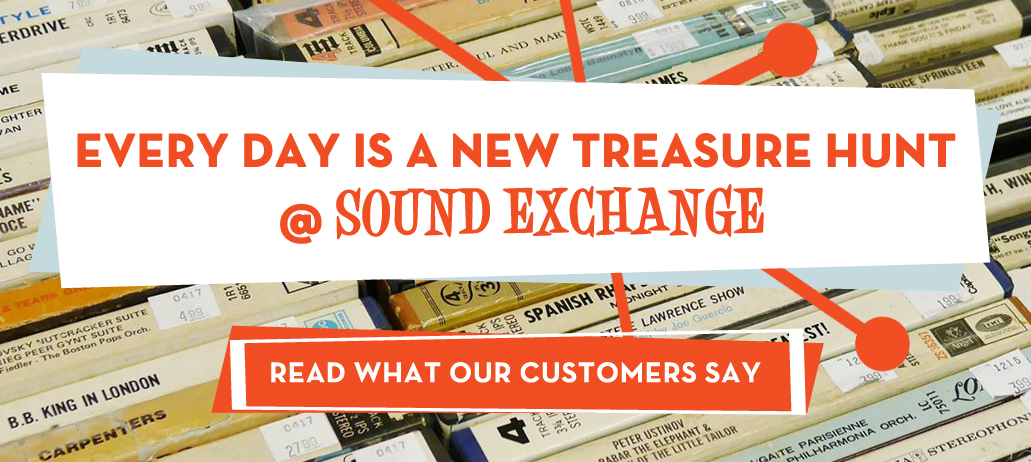

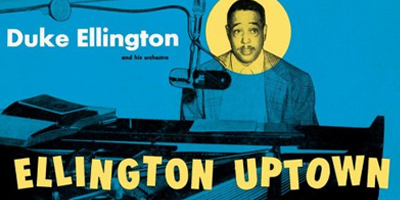

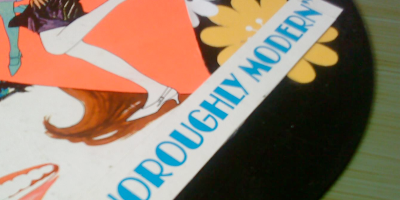



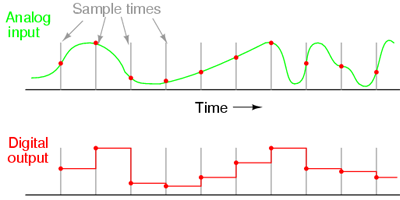
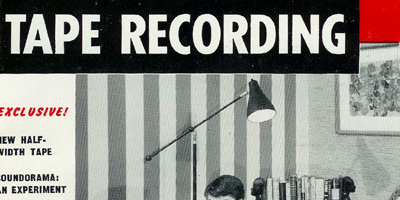

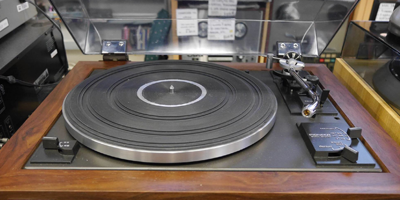

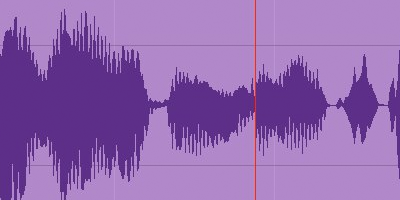
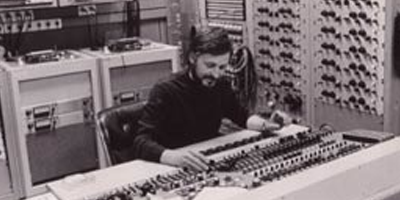
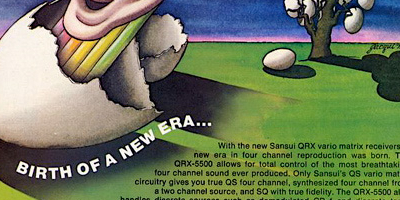
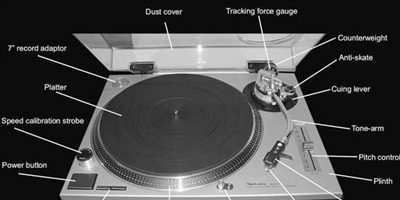
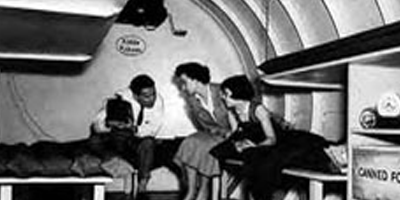
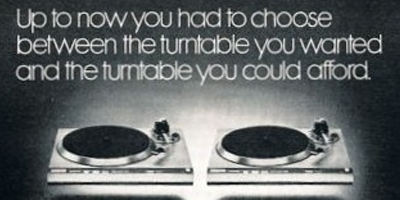
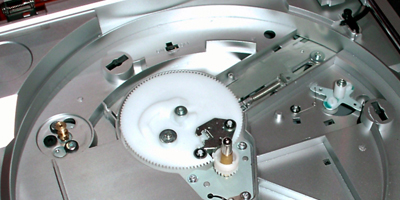
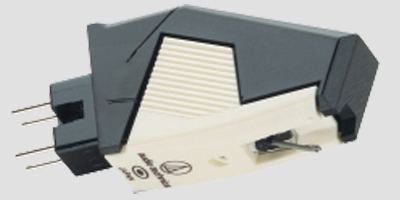
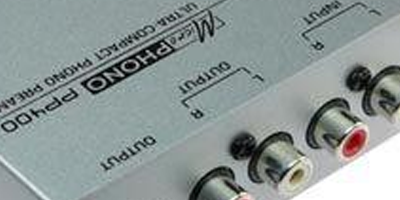
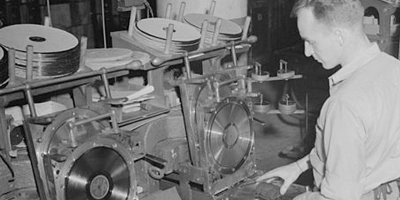
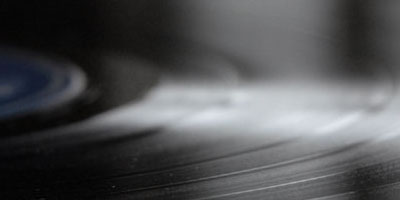
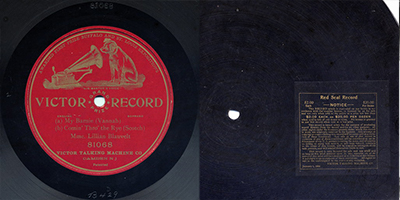
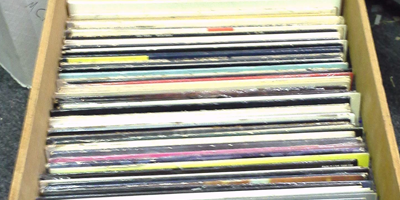
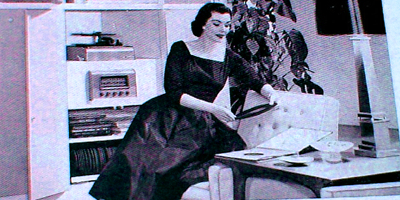

I just bought a Tech Play ODC21MKI-SL full auto belt drive turn table.I have a headshell w/stylus and cartridge that has no name brand.I’m getting a funny scratchy sound coming from the record that is highly noticeable when singing is occuring.I looked at the tip of the stylus and it’s not broken.All the wires in the headshell are tight.Is it possible that this new stylus and cartridge are bad?I’m thinking about changing the Stylus and cartridge out to a new Audio Technica magnet phono cartridge AT95E.
Yes, it is certainly possible that the cartridge or headshell are defective, but it could also be other things. Bring it by the Tampa store when I am there (weekday afternoons, most days) and we can play around with it.